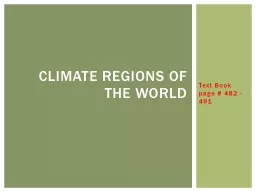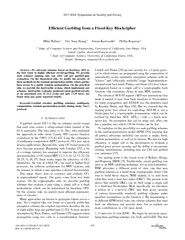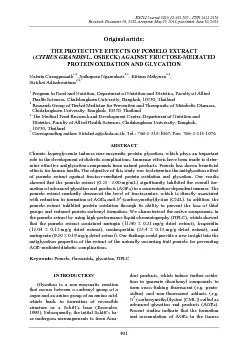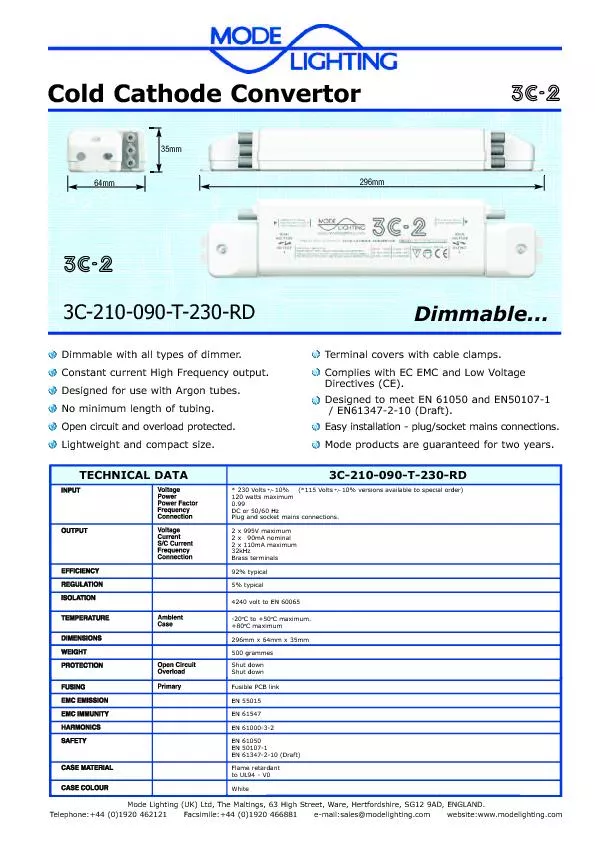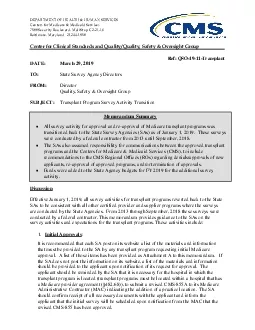PPT-Text Book page # 482 - 491
Author : pasty-toler | Published Date : 2016-09-16
Climate Regions of the World What factors are used to classify climates What are the six main climate regions The big idea Scientists classify climates according
Presentation Embed Code
Download Presentation
Download Presentation The PPT/PDF document "Text Book page # 482 - 491" is the property of its rightful owner. Permission is granted to download and print the materials on this website for personal, non-commercial use only, and to display it on your personal computer provided you do not modify the materials and that you retain all copyright notices contained in the materials. By downloading content from our website, you accept the terms of this agreement.
Text Book page # 482 - 491: Transcript
Download Rules Of Document
"Text Book page # 482 - 491"The content belongs to its owner. You may download and print it for personal use, without modification, and keep all copyright notices. By downloading, you agree to these terms.
Related Documents

